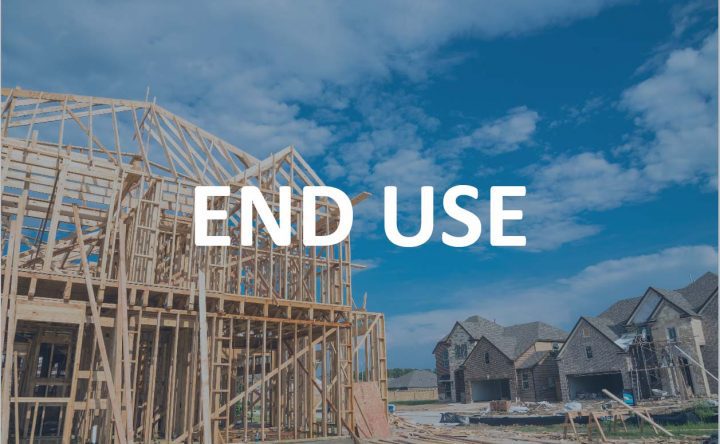On Wednesday, the National Association of Home Builders (NAHB)/Wells Fargo Housing Market Index (HMI) reported that builder sentiment in the market for newly built single-family homes increased 2 points in March to a reading of 44. This marks the third consecutive month of gains.
News in end use
Producer Price Index for Final Demand Decreases 0.1% in February; Up 4.6% Year-Over-Year
The Bureau of Labor Statistics reported Wednesday that the Producer Price Index (PPI) for final demand, seasonally adjusted, decreased 0.1% in February. On an unadjusted basis, the index for final demand advanced 4.6% for the twelve-month period ending in February.
Mortgage Applications Increase for Second Consecutive Week
According to data from the Mortgage Bankers Association’s Weekly Mortgage Application Survey, for the week ending March 10th, the Market Composite Index—a measure of mortgage loan application volume—increased 6.5% on a seasonally adjusted basis from one week earlier. On an unadjusted basis, the Index increased 7.0%.
Investment in Canadian Building Construction Increased in January—All Components Rise
Statistics Canada reported today that in January, investment in building construction in Canada increased 1.5% to $20.4 billion (CAD), with all components posting gains. On a constant dollar basis (2012=100), investment in building construction increased 2.4% to $11.9 billion.
Consumer Price Index Increases 0.4% in February; All-Item Index Up 6.0% Year-Over-Year
The US Bureau of Labor Statistics on Tuesday reported that the Consumer Price Index for All Urban Consumers increased 0.4% in February, on a seasonally adjusted basis, after increasing 0.5% in January and declining 0.1% in December. Over the past 12 months, the all-item index has increased 6.0% before seasonal adjustment.
Mortgage Credit Availability Shrinks for Third Consecutive Month in February
According to the Mortgage Bankers Association’s (MBA) Mortgage Credit Availability Index report, which analyzes data from the ICE Mortgage Technology, mortgage credit availability decreased in February. Mortgage credit availability has declined eleven times in the past twelve months.
The NFIB’s Small Business Optimism Index Increased 0.6 Points in February
The National Federation of Independent Business reported on Tuesday its NFIB Small Business Optimism Index (SBOI) for February. According to the report, the February SBOI increased 0.6 points to a reading of 90.9—the fourteenth consecutive month that the SBOI has been below the 49-year average reading of 98.
State-Level Construction Sector Employment Situation for January
A closer look at the US Bureau of Labor Statistics (BLS) Nonfarm Payroll Report for January reveals 40 states reported an increase in January when compared to December 2022. Conversely, 7 states reported jobs sector losses. Mississippi remained unchanged.
US Nonfarm Payroll Increases by 311,000 in February; Unemployment Inches Higher to 3.6%
The US Bureau of Labor Statistics reported Friday that total nonfarm payroll employment increased by 311,000 in February, compared with an average monthly gain of 343,000 over the prior 6 months. The unemployment rate increased to 3.6% in February.
US Rent Increases Continued to Slow in February
Redfin reported on Friday that the median US asking rent increased 1.7% year-over-year to $1,937 in February. This marks the smallest increase in nearly 24 months and the lowest level in a year. A year earlier, rents were up nearly 10 times that much: 16.5%.



